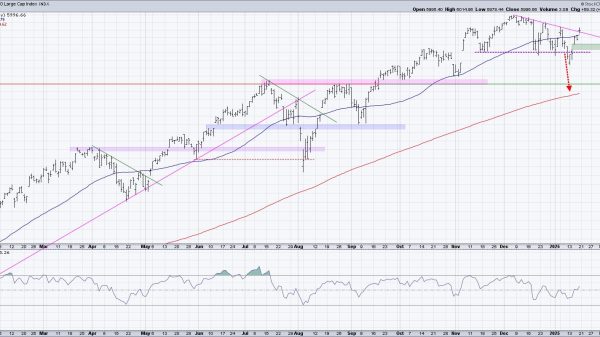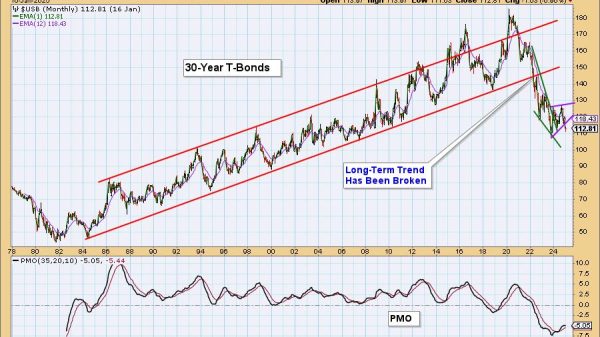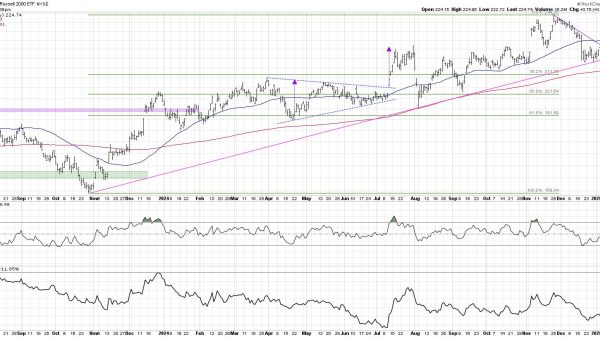The world of finance is a dynamic, ever-evolving ecosystem. Yet, amidst its many complexities and fluctuations, one occurrence retains a timeless relevance – corporate bankruptcy.
The implications of a company’s decision to dissolve the company and declare bankruptcy extend far beyond its immediate stakeholders. It reflects the broader economic climate, influences markets, and can even reshape entire industries. This article delves into the intricate world of corporate bankruptcy, exploring its causes, process, and consequences, and shedding light on recent trends.
The Anatomy of Corporate Bankruptcy
Corporate bankruptcy, in essence, is a legal process initiated by a company unable to meet its financial obligations. It’s a last resort for companies drowning in debt, providing them with an opportunity to either restructure their debts or liquidate their assets to repay creditors.
The Protagonists of Bankruptcy
When a company declares bankruptcy, three key players emerge:
Secured Creditors – Often banks, they hold the first claim on a company’s assets.
Unsecured Creditors – These include banks, suppliers, and bondholders who hold the next claim.
Stockholders – As the company’s owners, they possess the last claim on assets and may not receive anything if the claims of secured and unsecured creditors aren’t fully repaid.
Federal bankruptcy laws govern the process, ensuring an orderly distribution of assets among these creditors.
The Two Paths: Chapter 11 and Chapter 7
When a company declares bankruptcy, it typically opts for either Chapter 11 or Chapter 7 of the bankruptcy code:
Chapter 11: This allows the company to reorganise its business with the goal of returning to profitability. The management continues to oversee day-to-day operations, but significant business decisions must be approved by a bankruptcy court.
Chapter 7: Here, the company ceases all operations and completely dissolves. A court-appointed trustee liquidates the company’s assets, using the proceeds to repay the company’s debt.
The Rising Tide of Corporate Bankruptcy
Recent trends indicate a surge in corporate bankruptcy filings. For instance, May 2023 witnessed 54 bankruptcy filings from companies with at least $2 million in assets or liabilities. This brought the five-month total to 286, outpacing the figures for the same period in 2022 (138) and even 2020 (262). In fact, to find a higher number of filings, one must look back to 2010, when 402 companies filed for bankruptcy in the first five months.
The Pitfalls of Easy Money
The end of the era of easy money, characterised by low-interest rates and an abundance of capital, has emerged as a significant catalyst for these bankruptcy filings. During this period, many companies accumulated excessive debt, buoyed by the influx of capital from yield-chasing investors. As the era ended and interest rates rose, these over-indebted companies found themselves unable to service their debts.
The Impact of Changing Economic Conditions
The current economic climate has also played a role in the surge of corporate bankruptcies. Unlike previous years, where collapses in prices or demand triggered bankruptcy waves, today’s environment is marked by rising prices and resilient demand. The issue lies in the increasing cost of debt and investors becoming more prudent. Companies that relied on easy money now find themselves struggling in its absence.
The Consequences of Bankruptcy
Bankruptcy is not without consequences. It can lead to job losses, disrupt supply chains, and even shake investor confidence. However, it’s also a necessary process to eliminate excesses and clear out the financial system’s deadwood. Bankruptcy can reduce the corporate debt burden, with many companies emerging from bankruptcy with less debt and a stronger financial position.
The Future of Corporate Bankruptcy
The trends suggest that the wave of corporate bankruptcy is unlikely to subside soon. As the era of easy money fades into the rear-view mirror, companies will need to adapt to a new financial landscape. Those unable to do so will likely face the harsh reality of bankruptcy. However, this process, while painful, is a vital part of the financial cycle. It paves the way for a healthier, more robust corporate landscape, free from the shackles of unsustainable debt. Only time will tell how companies navigate this challenging terrain. But one thing is certain – in the world of finance, adaptability is key.
Conclusion
Corporate bankruptcy is a complex, multifaceted process with wide-ranging implications. It’s a testament to the ebb and flow of economic trends, a mirror reflecting the financial health of corporations, and a bellwether for future financial developments. As the tide of bankruptcy continues to rise, it serves as a stark reminder of the cyclical nature of finance and the relentless march of economic progress. One can only hope that through this process, companies, investors, and the broader economy emerge stronger, wiser, and better equipped to navigate future financial storms.
Read more:
When the Balance Sheet Crumbles: A Deep Dive into Corporate Bankruptcy























